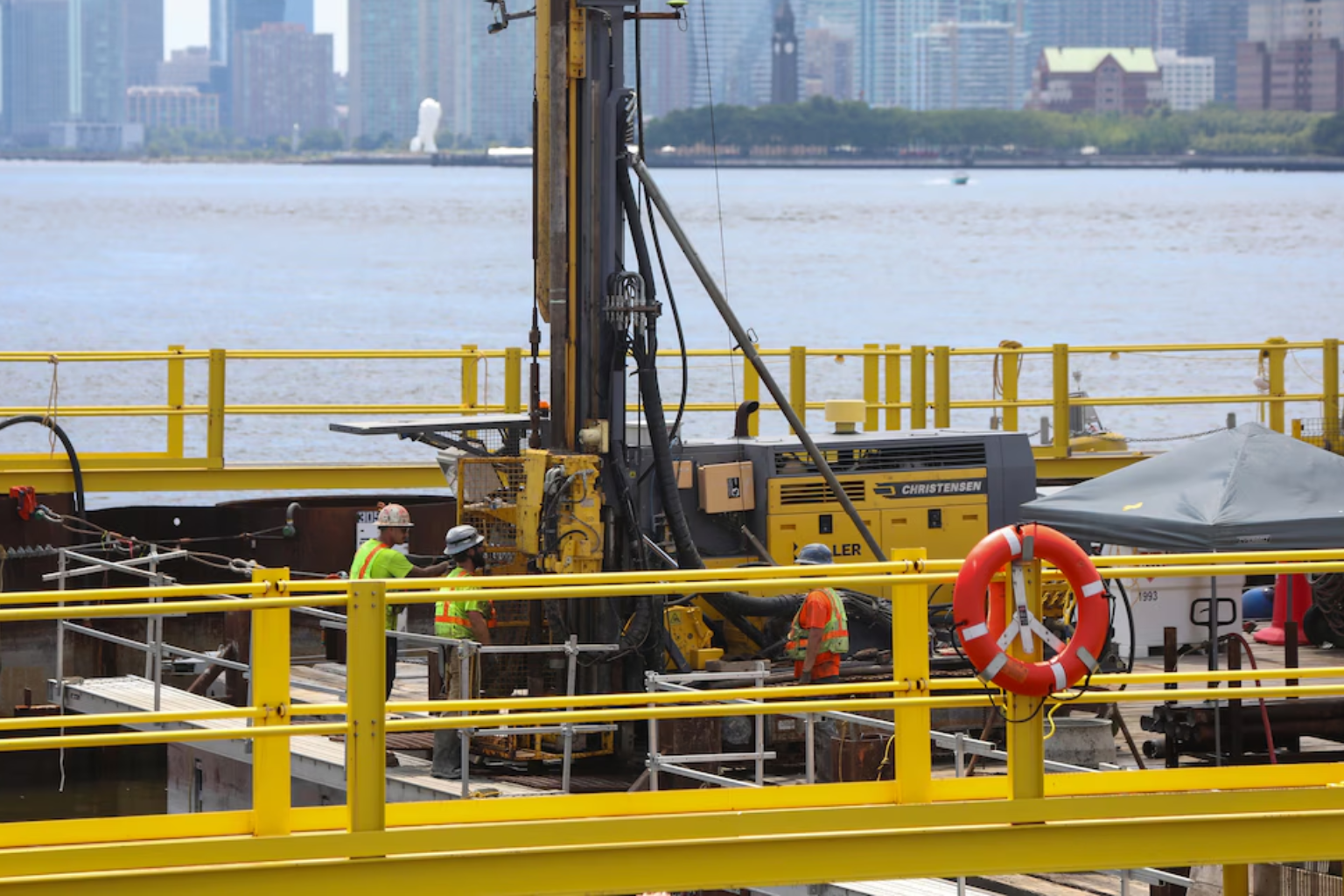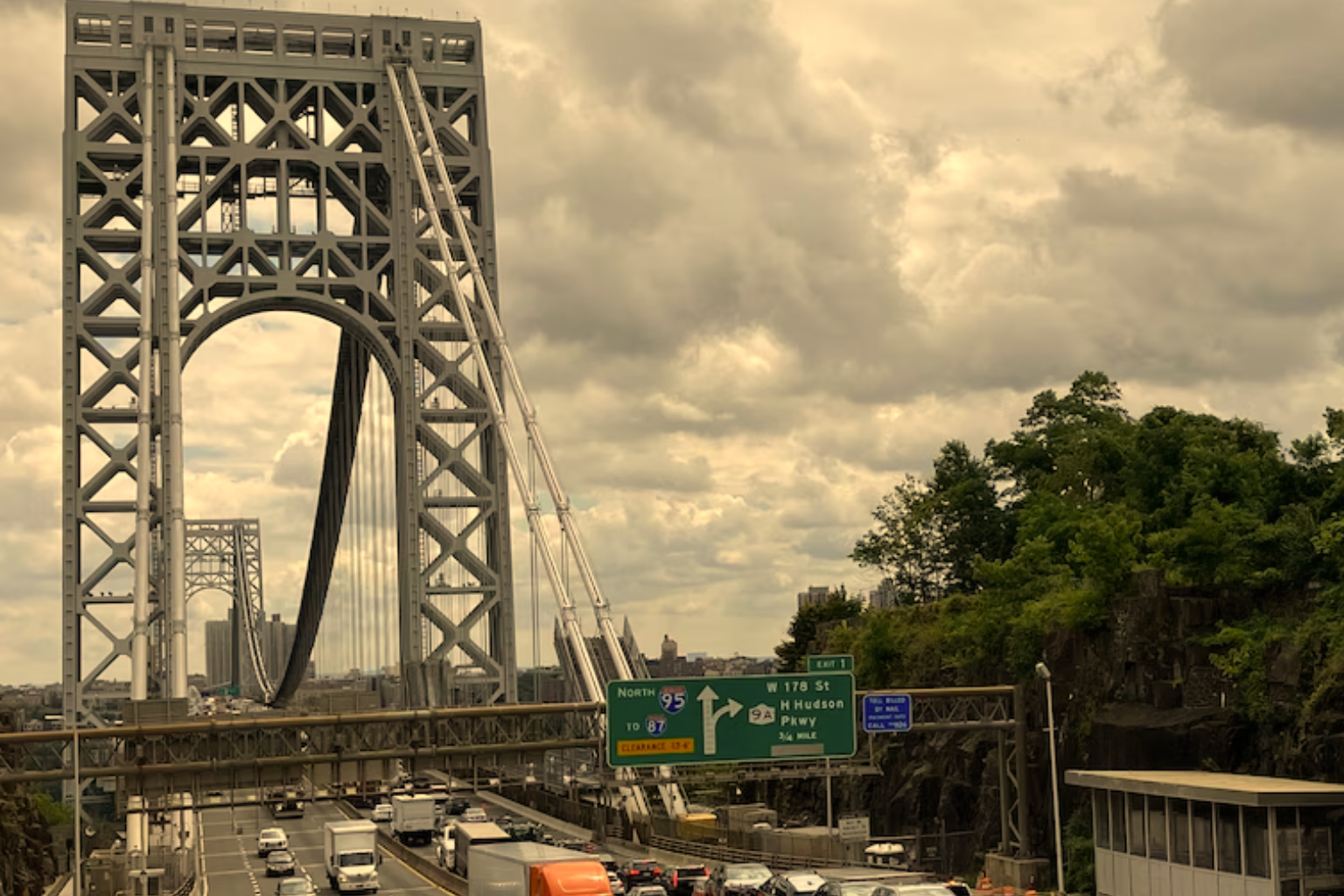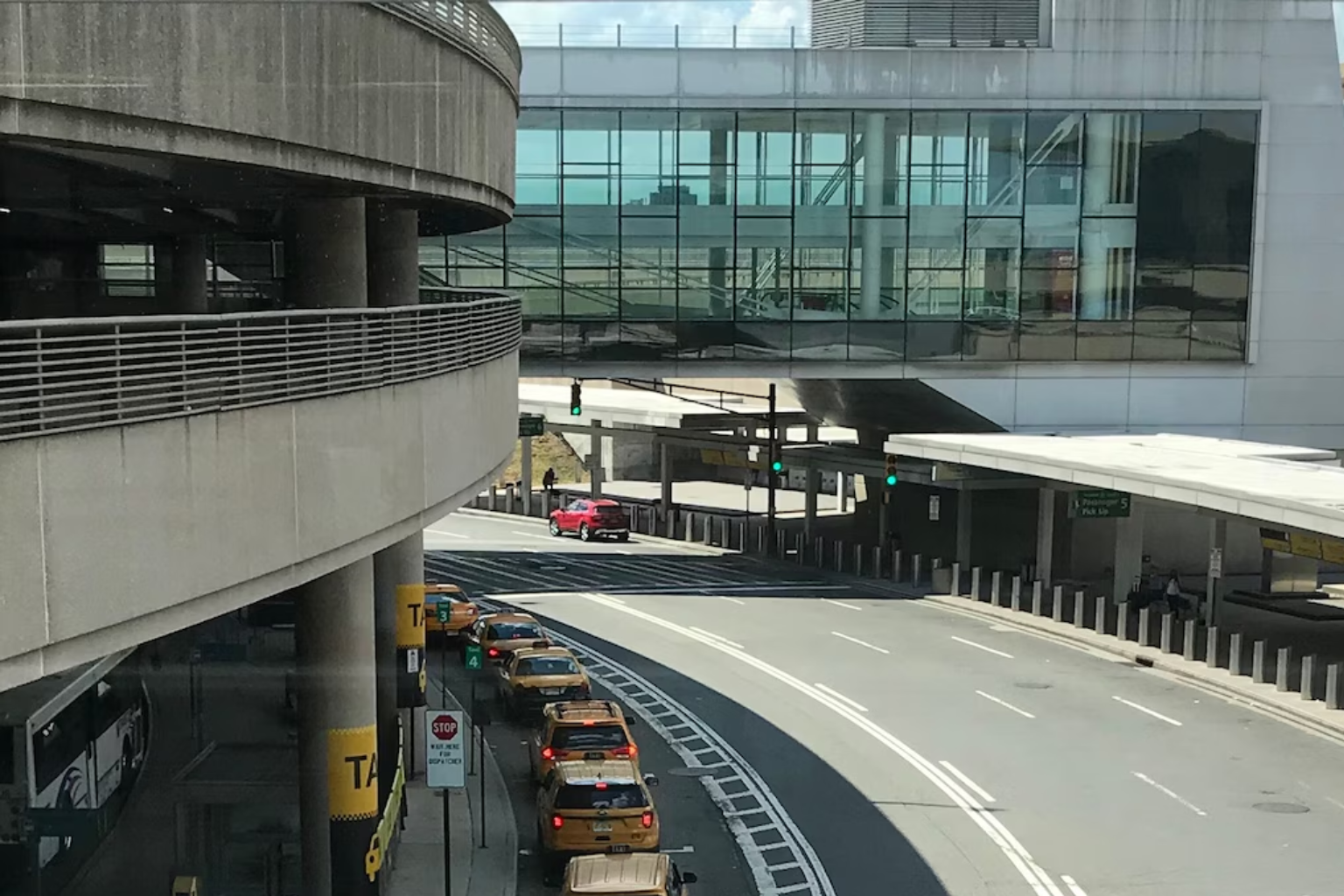What the Fate of the Hudson River Tunnel Project Means for New Jersey and New York

When President Donald Trump declared funding “terminated,” the Gateway Program, a Hudson River rail tunnel project connecting New Jersey to New York City, faced severe political and financial challenges. Commuters, local economy, and one of the nation’s vital infrastructure linkages are threatened by a $16 billion federal budget dispute amid a government shutdown.
Though construction continues, the newfound uncertainty is impacting the region’s economy and transportation. The tunnel will supplement the 115-year-old Northeast corridor rail link that carries hundreds daily. This would boost capacity, economic growth, and resilience after previous storms. Without federal aid, which was expected to cover 70% of the cost, New Jersey, New York, and the train agencies must make severe decisions.
Residents and officials on both sides of the Hudson River worried. The tunnel was praised for its commuter benefits and regional stability, not politics. The president’s statements led critics to call the decision punitive, attacking Democratic leadership more than infrastructure. Contractors say development is continue under current contracts, but industry supporters worry that the lack of long-term clarity is raising prices and risking future phases if the federal backstop fails.
Communities along the rail line feel it quickly. New Jersey municipalities hoping for better NYC commuter connectivity are uncertain. Residents and developers who expected transit-oriented development and better property prices are now questioning if their investments would pay off. If delayed or canceled, redevelopment, job growth, and thousands of construction workers may freeze. When government reimbursement stopped at the start of the fiscal year, union leaders worried projects could run out of finances rapidly.
A wider dispute prompted the federal drama. A contracts review and claims of diversity, equality, and inclusion mandate abuse led the administration to freeze $18 billion in funding for important New York infrastructure projects. Delays hurt the tunnel project, which received a record federal grant. Withdrawing already-obligated payments may lead to lawsuits, say lawyers. Rescinding those funds could cause litigation and delays due to long-standing state-federal contract obligations.
Despite uncertainties, project sponsors urge calm. Teams are on site and significant contracts are ongoing, they said. If the congressional dispute persists, cost overruns, inflation, supply-chain disruptions, and possibly a construction freeze rise. Even without a cancellation, the tunnel’s future remains uncertain.
Next steps depend on the federal government’s clarification, state leaders’ willingness to replace money or renegotiate, and project momentum. Without funding and contract commitments, the tunnel’s mid-2030s completion date could be delayed by years and cost tens or hundreds of millions more. Trains are scarcer, congestion is worse, and infrastructure is crumbling.
The Gateway Program is at a crossroads. Though below, politics and engineering determine the tunnel’s fate. If federal funding is delayed, the region may suffer its greatest infrastructure setback in decades, impacting jobs, trade, and travel beyond New Jersey and New York.
Sources
– Report from Construction Dive on ongoing construction despite funding halt.
– Analysis from Politico on federal funding status and project continuation.
– Coverage from ABC7NY on area politicians’ reactions.
– Legal perspective on funding termination from NJ Spotlight News.
– Associated Press and Reuters coverage on the federal funding freeze affecting New York area infrastructure.




